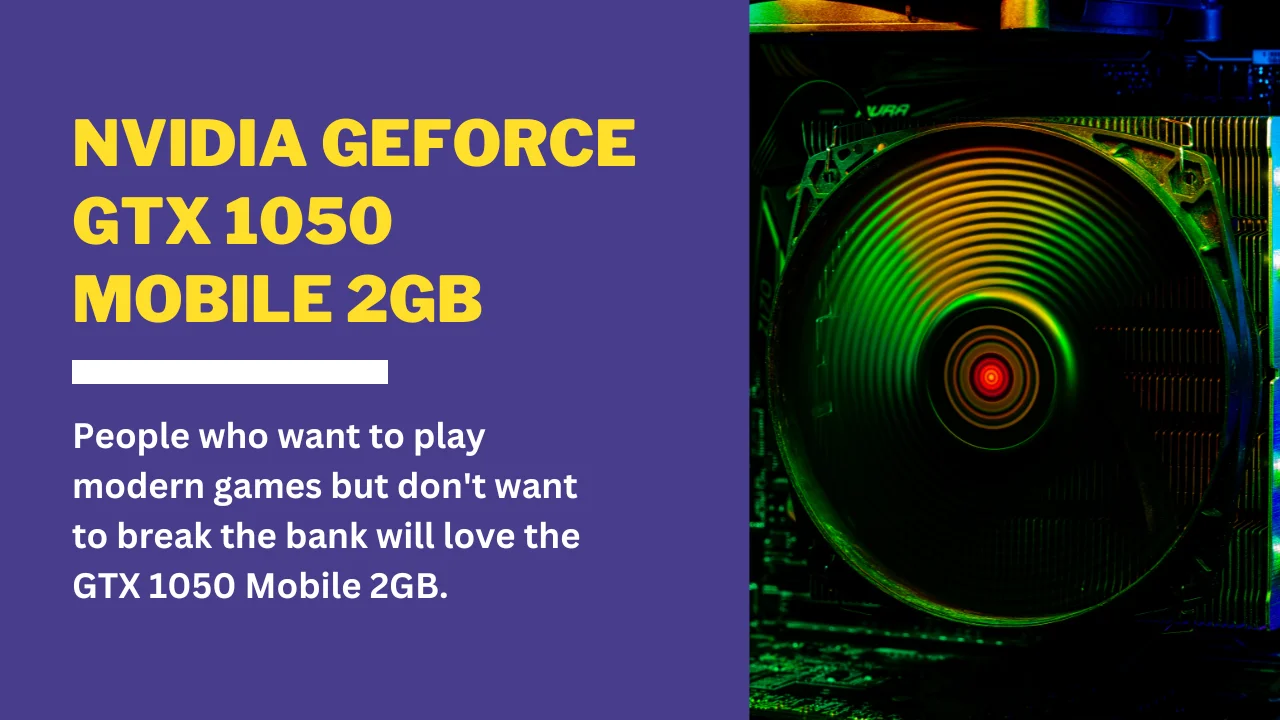Only businesses that stay ahead of the competitive sphere are bound to hit success. Product innovation forms the basis of this never-ending run, whereby at each step every company is compelled to come up with something innovative and new, redefining what could be achieved. Some of the major trends likely to change the face of innovation in products are discussed next.
Now let’s look at the five trends that are very likely to dramatically redefine how we think, design, and release new products.
1. Generative AI and Machine Learning (ML) in Product Design
Artificial Intelligence and Machine Learning have been buzzwords. Now, they are becoming integral to product design. The technologies are increasingly changing the approach to innovation in a way companies were not able to accomplish, with unmatched capabilities provided for automation, personalization, and predictive analytics.
The Rise of AI-Driven Design
Generative AI takes center stage, providing tools for product design that can:
- They can generate multiple versions within seconds.
- Analyze large volumes of data for the best solution.
- Simulate the product performance under different conditions.
This doesn’t just speed up the process of designing but also opens up an entirely new realm of what’s possible that a human designer just might not see.
ML for Personalized Products
This will open up a whole new level of product personalization by using Machine Learning algorithms to analyze user data and behavior patterns for:
- Products personalized to personal preferences.
- predict future needs and wants
- Fine-tune your product features using real-time usage data.
Key Stat: Generative AI is expected to contribute up to $15.7 trillion to the global economy by 2030, significantly enhancing productivity and innovation in product design and development.
Real-World Impact
Consider the auto industry, for example, AI-driven car makers have been making cars even sleeker, optimizing the engines to a far greater extent, and even providing a bespoke in-car experience for each. Such is the innovation order that makes products better and reinvents industries.
2. Quantum Computing for Complex Problem-Solving
As we push the boundaries of what’s possible in product innovation, we’re encountering increasingly complex problems that traditional computing struggles to solve. Enter quantum computing – a game-changing technology that’s set to revolutionize problem-solving across industries.
Breaking Computational Barriers
Quantum computers leverage the principles of quantum mechanics to perform calculations at speeds unimaginable with classical computers. This breakthrough has significant implications for product innovation:
- Rapid Prototyping: Quantum simulations test thousands of materials, or designs simultaneously at breakneck speed.
- Optimized Scales: Quantum computers solve hard optimization issues in minutes that supply chain logistics and financial modeling take months to solve.
- Drug discovery: Quantum computers can simulate molecular interactions and thus may revolutionize drug development in pharmaceuticals.
Key Stat: Quantum computing can potentially solve complex optimization problems exponentially faster than classical computers, with algorithms like Shor’s demonstrating significant speed advantages in fields such as cryptography and data analysis.
The Quantum-AI Synergy
The true power of quantum computing in product innovation lies in its synergy with AI:
- Machine Learning: Quantum algorithms can handle reams of data in a way that will come up with better AI models.
- Quantum Neural Networks: It may be stronger than classical neural networks and further extend the frontier of AI capabilities.
As quantum computing matures, we can expect to see products that were once thought impossible become reality, driven by this unprecedented computational power.
3. Sustainable Innovation and Green Technology
The global push towards sustainability is not just a trend, it’s becoming a fundamental aspect of product innovation. Companies are realizing that green technology isn’t just good for the planet; it’s good for business too.
Eco-Friendly by Design
Sustainable innovation is reshaping product development from the ground up:
- Circular Design: Products are being designed with their entire lifecycle in mind, from sourcing to disposal.
- Renewable Materials: Innovative, sustainable materials are replacing traditional, resource-intensive options.
- Energy Efficiency: Products are being designed to minimize energy consumption throughout their lifespan.
Key Green Technology Breakthroughs
Several key areas of green technology are driving product innovation:
- Renewable Energy Systems: From solar-powered consumer electronics down to the storage of wind energy.
- Carbon-Capturing Technologies: The products that suck carbon out of the air are increasingly prominent.
- Degradable Wrapping: Old plastics made of new material that can degrade itself.
Key Stat: The global green technology market is projected to reach $36.6 billion by 2025, driven by increasing consumer demand for sustainable products and corporate commitments to environmental responsibility.
Consumer-Driven Change
Importantly, this trend is largely driven by consumer demand. People are increasingly choosing products that align with their values, pushing companies to innovate in sustainable ways.
4. Cybersecurity-First Product Development
In our increasingly connected world, cybersecurity can no longer be an afterthought. It’s becoming a critical element of product innovation, shaping how products are designed from the ground up.
Secure by Design
The “secure by design” approach is transforming product development:
- Built-in Encryption: Products are being created with encryption methods as a standard feature.
- Security Updates: Seamless and automatic security updates are becoming the norm.
- Privacy Controls: User-friendly privacy settings are now a key selling point for many products.
The IoT Challenge
As the Internet of Things (IoT) expands, so does the need for security measures:
- Device Authentication: Innovative methods to ensure only authorized devices can connect to networks.
- Data Protection: New ways to secure the vast amounts of data generated by IoT devices.
- Communication Protocols: Developing unhackable communication methods for connected devices.
Key Stat: Cybersecurity spending is expected to exceed $1 trillion from 2021 to 2025, highlighting the critical importance of integrating security measures into product development to protect user data and maintain trust.
In this new landscape, cybersecurity is becoming a key differentiator. Products that can guarantee the safety and privacy of user data have a significant competitive advantage.
5. Edge Computing and Real-Time Data Processing
With the world turning ever more data-driven, demands have risen for real-time processing. In this respect, edge computing represents an emergent trend in product innovation because it moves processing closer to the source while driving a new generation of responsive and intelligent products.
The Power of Proximity
Edge computing offers several advantages for product innovation:
- Low Latency: Local data processing enables products to respond almost instantly to user input or environmental changes.
- Reliability: Products could still work when the Internet is bad since it will be less dependent on cloud connections.
- Privacy: Data processing can be done locally to avoid privacy issues resulting from cloud computing.
Real-World Applications
Edge computing is enabling innovations across various sectors:
- Autonomous Vehicles: Real-time treatment of streaming sensor data and making instant decisions.
- Smart home devices: This makes your connected home products respond quickly and reliably.
- Industrial IoT: Improved efficiency and safety in manufacturing through real-time monitoring and control.
The 5G Catalyst
The rollout of 5G networks is set to supercharge edge computing capabilities, opening up new possibilities for product innovation:
- Mobile AR/VR: Immersive experiences without the need for bulky, tethered hardware.
- Smart Cities: Real-time traffic management, energy distribution, and public safety systems.
- Telemedicine: Remote surgical procedures and real-time health monitoring.
As edge computing technology matures, we can expect to see a new wave of products that are more responsive, reliable, and intelligent than ever before.
Embracing the Future of Innovation
Even product innovation will reach a completely new dimension of possibilities, while quantum computing and the notion of sustainability will reshape products, industries, and life.
Companies have to embrace such changes in the new landscape that continues to change with the invention of newer technologies. Ultimately, product and service innovation should lie at the heart of a company’s vision. Those riding on such trends shall build products meeting both the current and, additionally, predict future demands.
It is now time to envisage a bright future of product innovation that will allow for the realization of smarter, sustainable, and more secure artifacts as shapers of the world. The best among these innovators will combine creativity, technology, and deep insights into human needs in revolutionary ways.
FAQs
- How is AI changing product innovation?
It automates design processes, with personalized product creation improving predictive insights and enhancing decision-making for users. All this provides organizations with the ability to produce more efficient, customized products much faster than anyone could have ever dreamed of.
- How is AI changing product innovation?
Sustainability in product innovation is important since it addresses emerging environmental concerns and increases consumer demand for eco-friendly products while helping companies remain in compliance with increasingly strict environmental regulations. This often leads to cost savings and new market opportunities.
- How is AI changing product innovation?
Quantum computing will solve issues too complicated for current classic computation. This means that value will be unlocked through novel findings pertaining to most other studied subjects, ranging from material science to pharmaceuticals, and financial modeling. That opens up brand new classes of products and materials.





